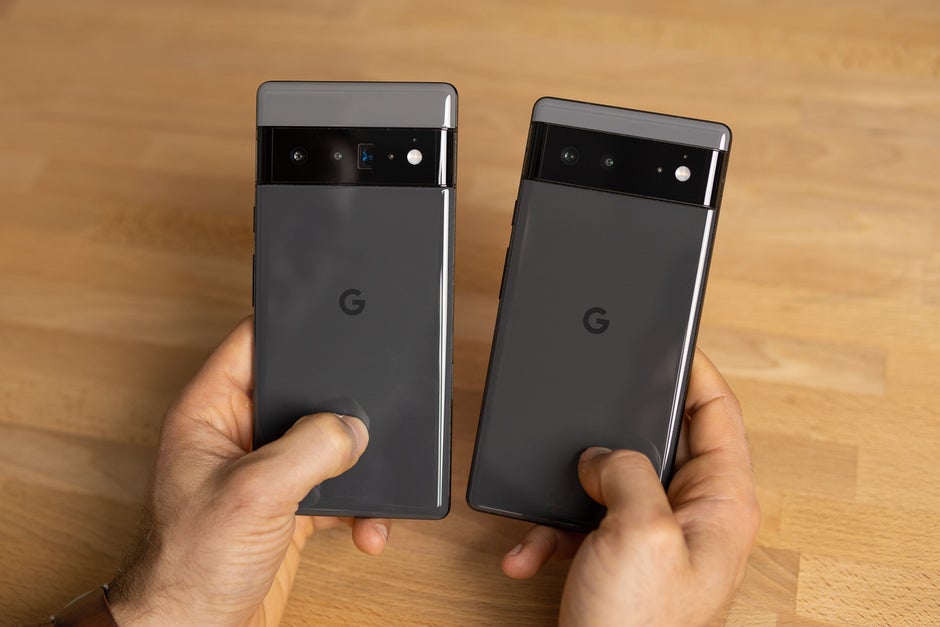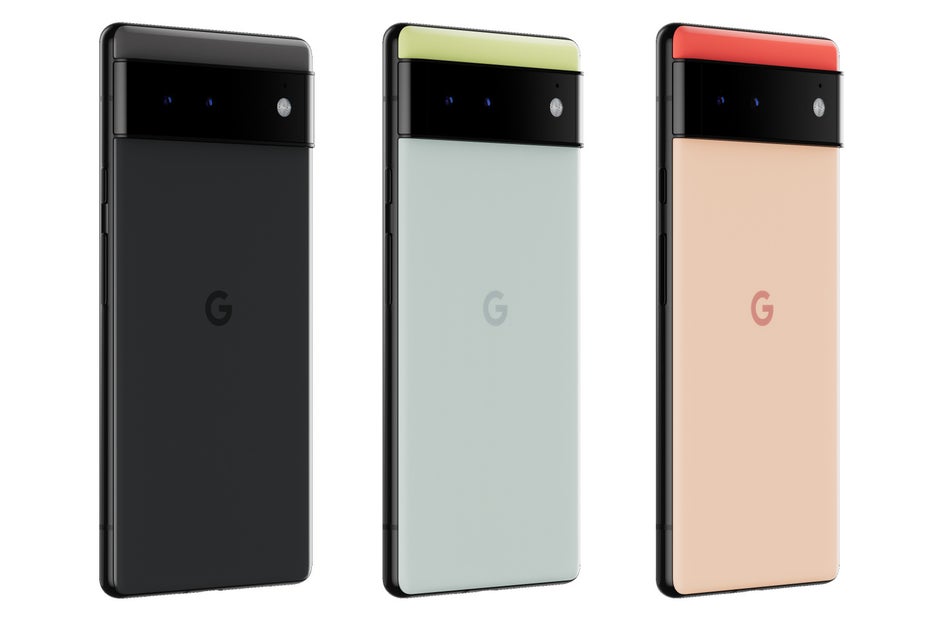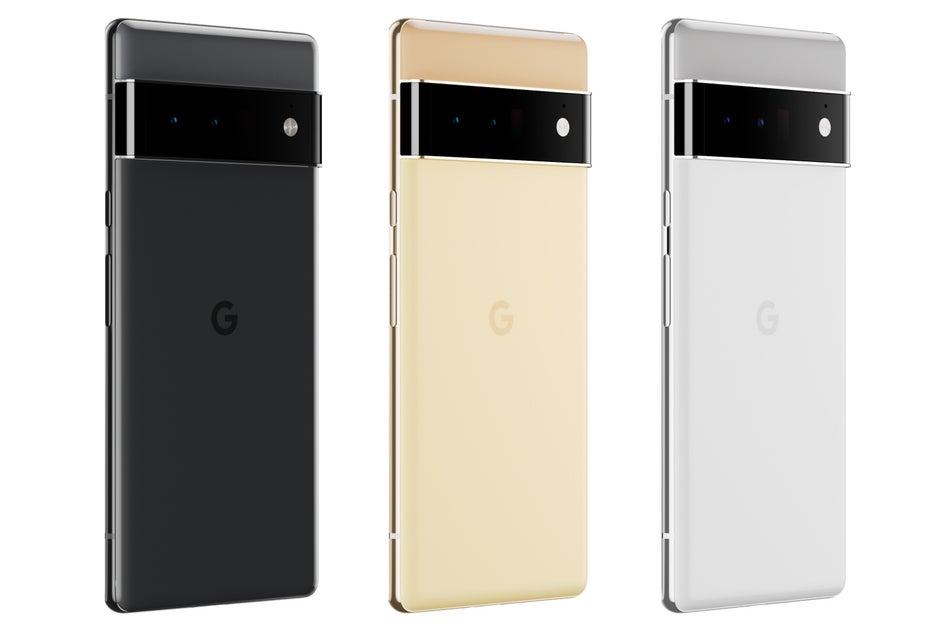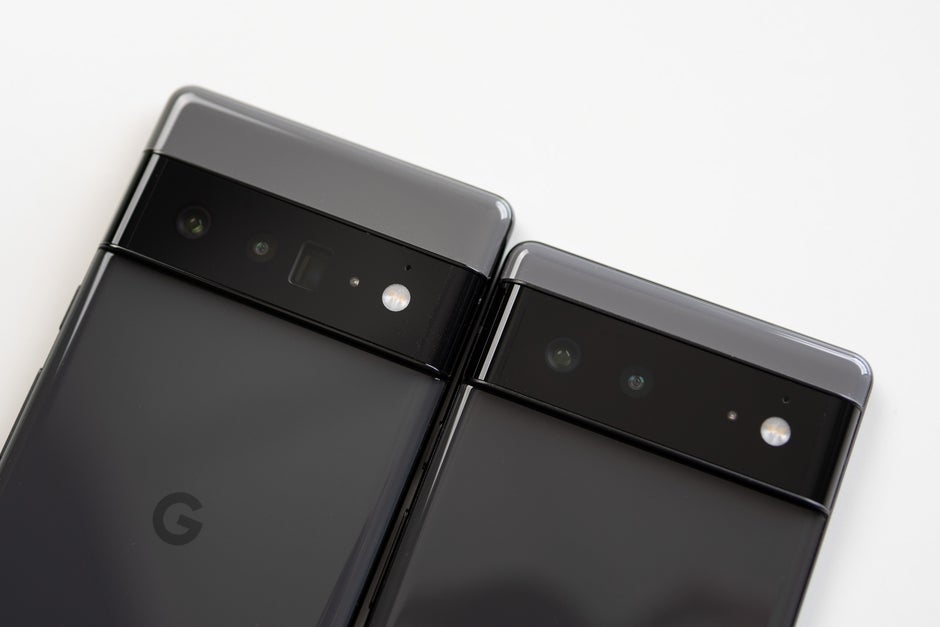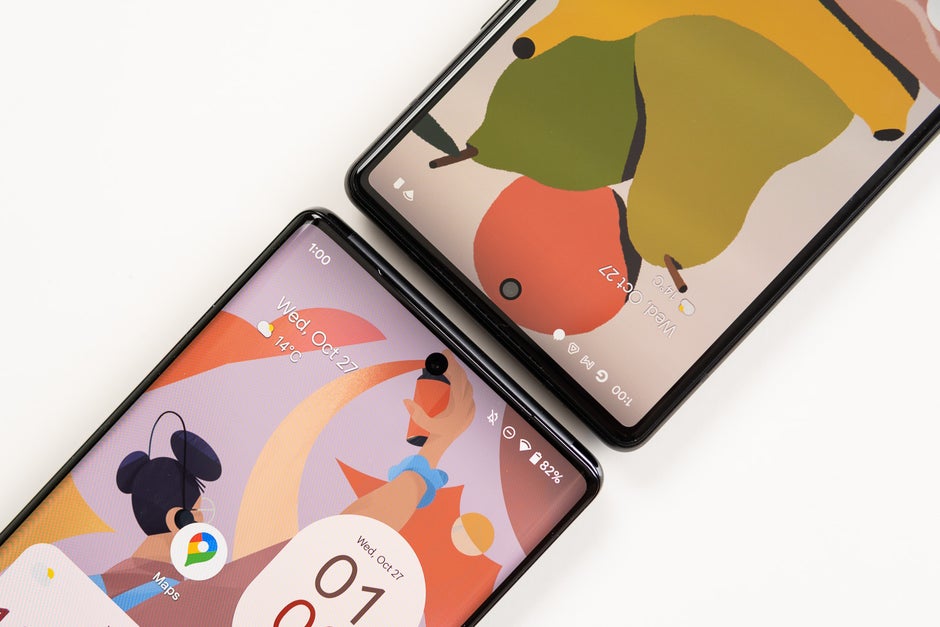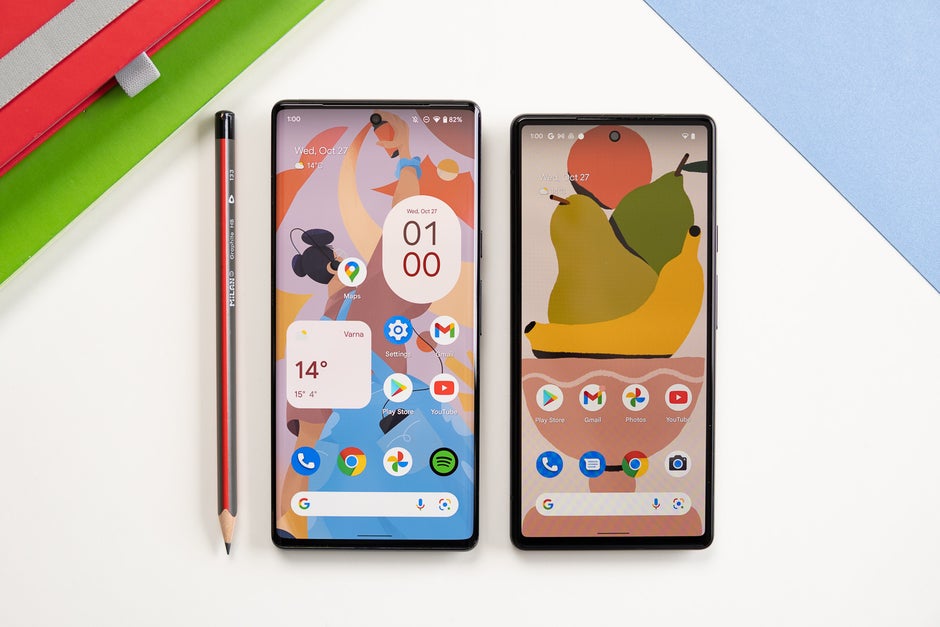Google Pixel 6 vs Pixel 6 Pro
Short answer — if you don’t want zoom, go with the Pixel 6.
The price is going to be a deciding factor for many out there looking for a new phone. This is where the Pixel 6 leads, as it’s seated comfortably at $599 — pretty much what you would pay for an
! The Pixel 6 Pro starts at $899, which is a hefty sum, but it’s worth noting that it’s still less than the over-$1k premium phones that Apple and Samsung like to fling out once every year.
You should also consider storage options. Both of these starting prices are for the 128 GB models, which is a lot of room for most users out there. But, if you want to upgrade to a 256 GB model, that’ll be $100 extra for each.
The long and short of it is — if you are buying a Pixel to use its high-res camera as often as possible, you will be fine with any one of these phones. If you think you can’t do without a zoom camera, the Pixel 6 Pro is more up your alley. If you’d rather save some cash and don’t care about a curved screen or a zoom camera, the Pixel 6 is an awesome deal for you.
…or comparisons
Google Pixel 6 vs Pixel 6 Pro display and design
The first, and most obvious difference between the two devices is the size. As is customary, the Pro is bigger, with a screen size of 6.7 inches. The regular Pixel 6 is only slightly smaller, at 6.4 inches. In other words, the regular Pixel 6 is by no means a “mini” or “compact” — it’s more of a medium-sized phone.
Both phones have OLED panels, so no skimping there — you will get deep, rich blacks and sharp contrasts with either device. The Pixel 6 Pro’s screen can hit the coveted 120 Hz refresh rate, while the Pixel 6 is “limited” to 90 Hz. This is, however, still noticeably better than 60 Hz screens of yesteryear, so — even with the Pixel 6 — you will feel an improvement in animation smoothness and response.
As for resolution, the Pixel 6 Pro has the sharper screen with a resolution of 1440 x 3120 or 512 pixels per inch. The Pixel 6 has a resolution of 1080 x 2400 or 411 PPI. In reality, both are sharp and dense and you won’t be seeing jagged edges or individual pixels with the naked eye. Both screens look great, are colorful, and get plenty bright.
Display measurements and quality
Let’s talk design and build next. The two Pixel models share a lot of the same DNA with that instantly-recognizable camera bar on the back — the RoboCop vizor!
The Pixel 6 Pro has a very slight edge to its screen — a slight curve towards its sides, like Samsung’s edge displays. Google calls it a “waterfall display”. The Pro as a whole has thinner bezels and a more cutting-edge to it.
The Pixel 6 is more of a flat-screen boy with no curvy shenanigans. Its bezels are slightly thicker here and, when compared side by side to the bigger model, the Pixel 6 has a more… mid-rangey look to it.
Which one is the better choice is up to you — some people love the futuristic look and feel of a slightly curved display, others hate the feel because they are a bit harder to grip and are prone to more ghost touches.
Both phones have a duo-tone look on the back, where the lower part and the top part of the panel are separated by the camera strip and each is painted in a slightly different shade. Also, both glass panels on the back are glossy, which makes them fingerprint magnets.
Speaking of colors, you will find that the Pixel 6 comes in more “fun” colors — vibrant and fresh — contrasted against matte black frames. They are Stormy Black, Kinda Coral (salmon-like), and Sorta Seafoam (mint-green). The Pixel 6 Pro comes in the more sophisticated… and boring Stormy Black, Cloudy White (like silver), and Sorta Sunny (gold) versions. But the Pro is extra shiny with matching frames with a glossy finish over them.
Honestly, the colors themselves might be your reason to pick one model over the other — the regular Pixel 6 just looks much more fun in the two colored options. But the Pro’s Sorta Sunny option also offers a lot of bling, or — if you are one for subtlety — you might enjoy the elegance of the 6 Pro in Stormy Black.
Google Pixel 6 vs Pixel 6 Pro hardware and performance
The good news is that both the regular Pixel 6 and Pixel 6 Pro have the same internals. For the first time ever, Google is releasing its phones with homemade chips — the Google Tensor. In lieu of a Snapdragon SoC, and in direct contrast to Apple’s A series chips — hopes are high for Tensor to up the game for Android phones dramatically.
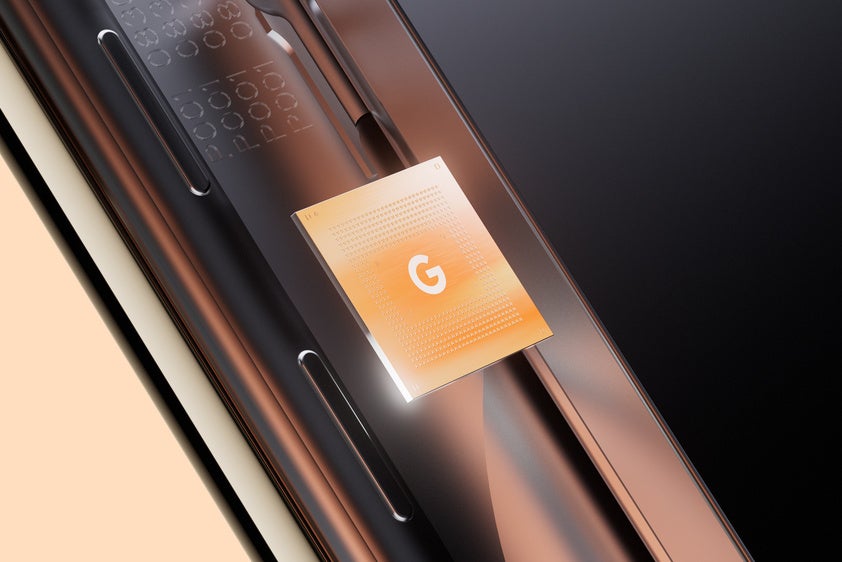
In reality, Tensor is not really a massive performer and benchmarks show as much. It barely competes with Qualcomm’s own Snapdragon 888. However, I am happy to report that — in real life — both the Pixel 6 and Pixel 6 Pro feel fast, fluid, and generally fun to use. The 90 Hz and 120 Hz refresh rates definitely help here as the phones seem to react to touches and swipes with ease and everything feels snappy.
Google Pixel 6 vs Pixel 6 Pro camera
Google’s Pixel phones have always had one core strength — the camera. The hardware itself hasn’t been special for years now — just a 12.2 MP sensor behind a pretty regular lens. But Google’s software worked wonders behind the scenes, leveraging HDR+ and enhanced algorithms to create clear, detailed, sharp images with plenty of exposure even in low light conditions.
Well, with the Pixel 6 line, we get upgraded cameras. And it seems like a huge leap forward. Both phones get the upgraded main sensor — that’s a 1/1.3 inch 50 MP sensor with 1.2 μm individual pixels for the main wide angle camera. The secondary, ultra-wide camera sports a 12 MP sensor. It’s not ultra ultra-wide, really — it goes down to 0.7x on both phones, when current competitors usually go down to wider-angle 0.5x.
The big difference between these two has got to be the telephoto camera as the Pixel 6 simply doesn’t have one, while the Pro comes with a 4X zoom lens.
As for selfies, there is quite a bit of difference between these two’s front-facing cameras. The Pixel 6 comes with an 8 MP 1.12 μm pixel sensor, while the Pixel 6 Pro has an 11.1 MP with 1.22 μm pixel one. The Pixel 6 Pro also has a slightly wider selfie lens, with a 94-degree FOV, where the Pixel 6 has 84 degrees to work with. In reality, it’s a bit easier to end up with softer or blurrier images with the Pixel 6. The Pro is better for selfies.
In low light, we tested these two side by side to see if there are any differences. We can spot that there’s definitely something different with the ultra-wide — despite the two cameras being the same on paper, the Pixel 6 Pro’s ultra-wide seems to be much more accurate in low-light, while the Pixel 6 gets bluish and cold.
The software behind the Pixel 6 camera is turned up to 11, using machine learning to reduce blurry faces even in photos taken in motion. There’s also a Motion Mode on board, which analyzes movement in a photo and can simulate a “long exposure” effect.
You can also clear unwanted subjects from photos with a single tap — the new Magic Eraser is available on both Pixel 6 and Pixel 6 Pro. When it comes to software, Tensor and Android 12 on both Pixels make sure you will be able to enjoy all the features no matter which phone you pick.
Now, the paths diverge a little. The Pixel 6 Pro has a third camera on the back — a periscope lens with 4x optical zoom — so zooming in for video will, obviously, look better on the Pixel 6 Pro.
Google Pixel 6 and Pixel 6 Pro extra software features
When it comes to software, these beasts offer the same amount of value — you get Android 12 on board with all of its bells and whistles. This includes bigger, bolder buttons and the new Material You philosophy, which allows you deep customization of your device’s theme and look. Google is really leaning into that “make your phone look how you want it” ideology with Android 12 and customizers around the globe will love it.
The stock apps like Weather and Photos also get a redesign, the widgets fit better with Material You and Android 12 is generally the first… interesting update in a while.
Google Pixel 6 vs Pixel 6 Pro battery life
Despite having its own, home-made chip running the show in the new Pixels, Google still touts “all day battery life”. So, no, not 2-day, not multi-day. The Pixel 6 specs page does state that both phones can make it up to 48 hours of battery life if you turn Extreme Battery Saver on.
We have also run our independent battery life tests on both phones and here are the results:
Interestingly, despite its larger battery, the Pixel 6 Pro drained faster in all three of our tests. Keep in mind that we set the phones to the same brightness level for an equal playing field.
For charging — both phones support 30 W wired fast charging and 21 W wireless fast charging.
Summary and final word
But the Pixel 6? That’s probably the best bargain of 2021.
For all the latest Technology News Click Here
For the latest news and updates, follow us on Google News.

